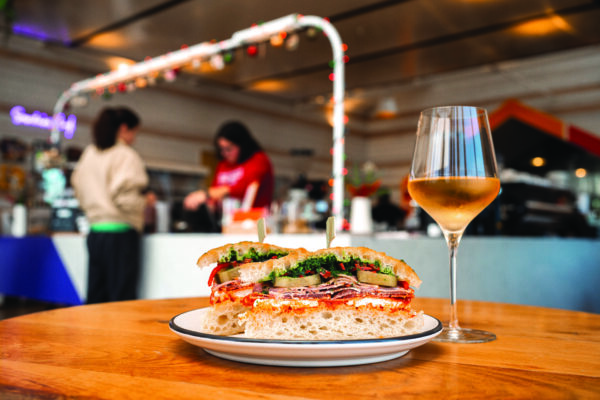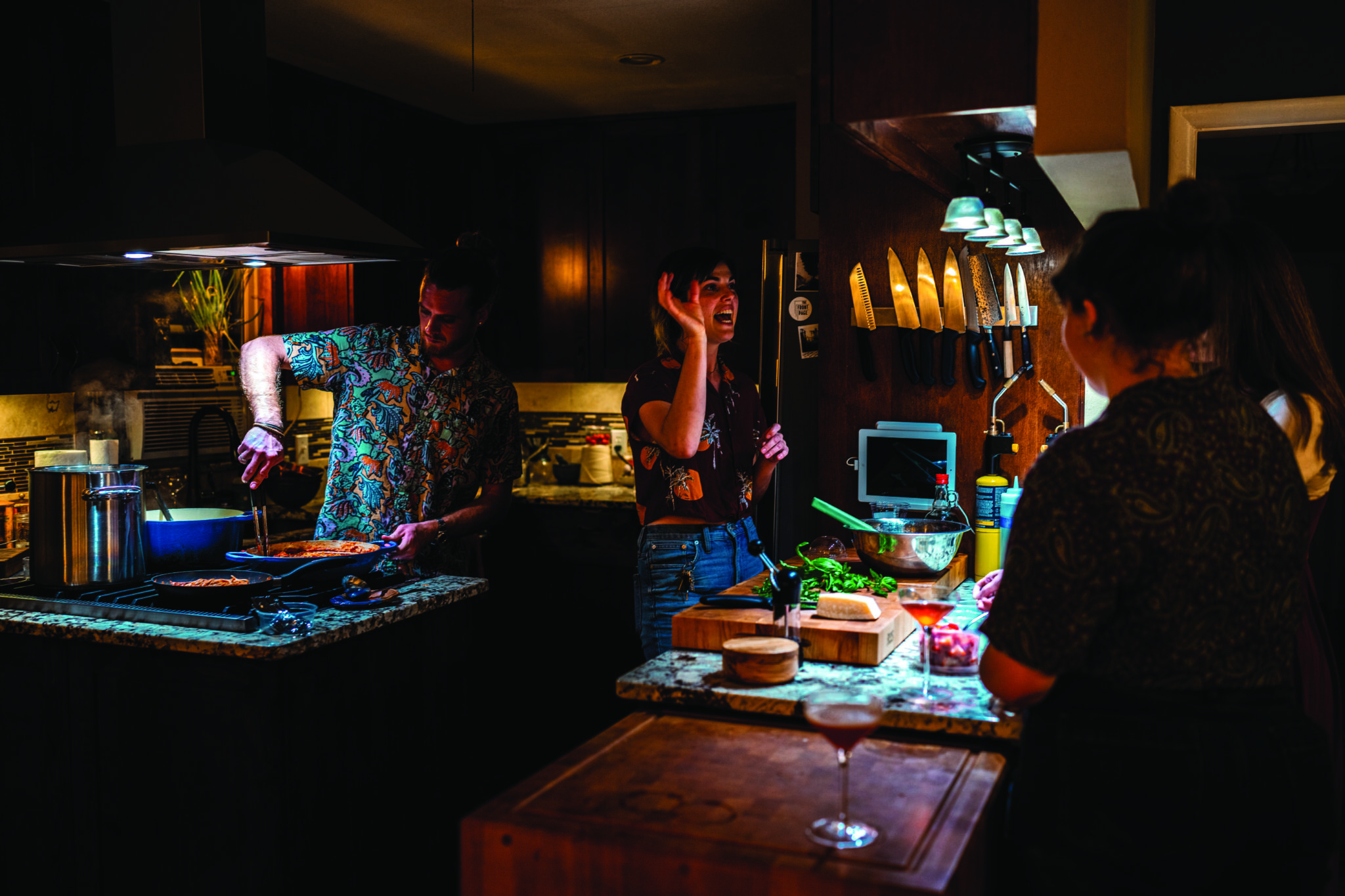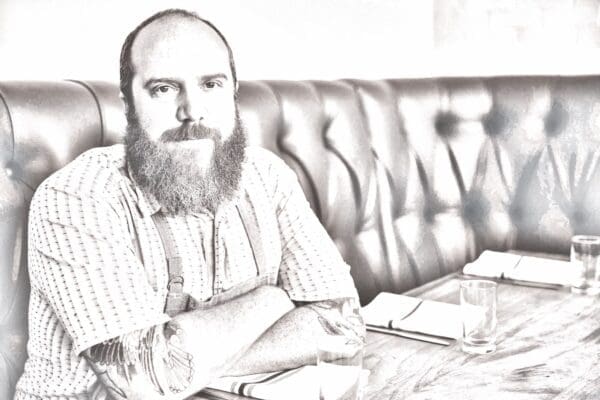Growing Up in East Austin

Pio Renteria: Integrated into the Fabric of Austin
Words by Jessi Devenyns Photo by Eric Morales
Robertson Hill in the Swingin’ Sixties. A house on East 10th Street was home to 10 children, one of whom remembers endless meals of rice and beans accompanied by tortillas as being the catalyst that prompted him to get an education.“When I worked for Education Services, they provided and paid for my education, wherever I wanted to go. So I went to UT [because] they had night school.”
“They had better food,” remembers Pio of the Palm School where he first began his education. Today, almost 70 years later, Pio still lives in East Austin where his taste in food has evolved, but his quest for self-edification has never wavered.
Part of Pio’s drive for learning stemmed from his childhood experiences in segregated East Austin where he grew up on the border streets between the Mexican American neighborhoods and the African American population. In his early years, he remembers living in a home with only one faucet and an outhouse. By the time he was 15, his family had moved into a home that was owned by Ben White and subsequently by the Guadalupe Neighborhood Development Corporation (GNDC). “It was a row house. It was two rooms. All the boys slept in one room, and all the girls slept in the other room,” he recalls. Pio says that former Council Member Ben White’s son was his junior high gym coach. Beyond being a coincidence, Pio says it was also a remarkable “experiment for integration.”
Outside of school, things were more naturally mixed. Right down the street from his childhood home was Charlie’s Playhouse, a legendary jazz and blues club and East Austin’s first African American fire station, Fire Co. No. 4, which was constructed in 1886. “It was a really beautiful, historic looking fire station,” he reminisces. Today the property is two duplex affordable housing projects owned by the GNDC.
However, the history that created these East Austin cultural epicenters also came with a stark reality for Pio. Although he explains that “because we were considered white,” segregation was not as explicit for Mexican Americans as it was for African Americans. However, during his childhood, he remembers the unspoken rule that “we weren’t allowed to be caught west of Congress at night.”
With childhood memories that repeatedly prompted Pio to question the status quo, it’s unsurprising that his taste for politics whetted. Although politics have always been a point of interest, Pio pursued a 34-year career at IBM, before returning to serve his East Austin district as a two-time elected Council Member. Through a roundabout career, Pio explains that he’s not surprised he ended up on the dais. Thanks to being raised amid the tumultuous times of integration in the South, politics, he says, “have always been fascinating.”










